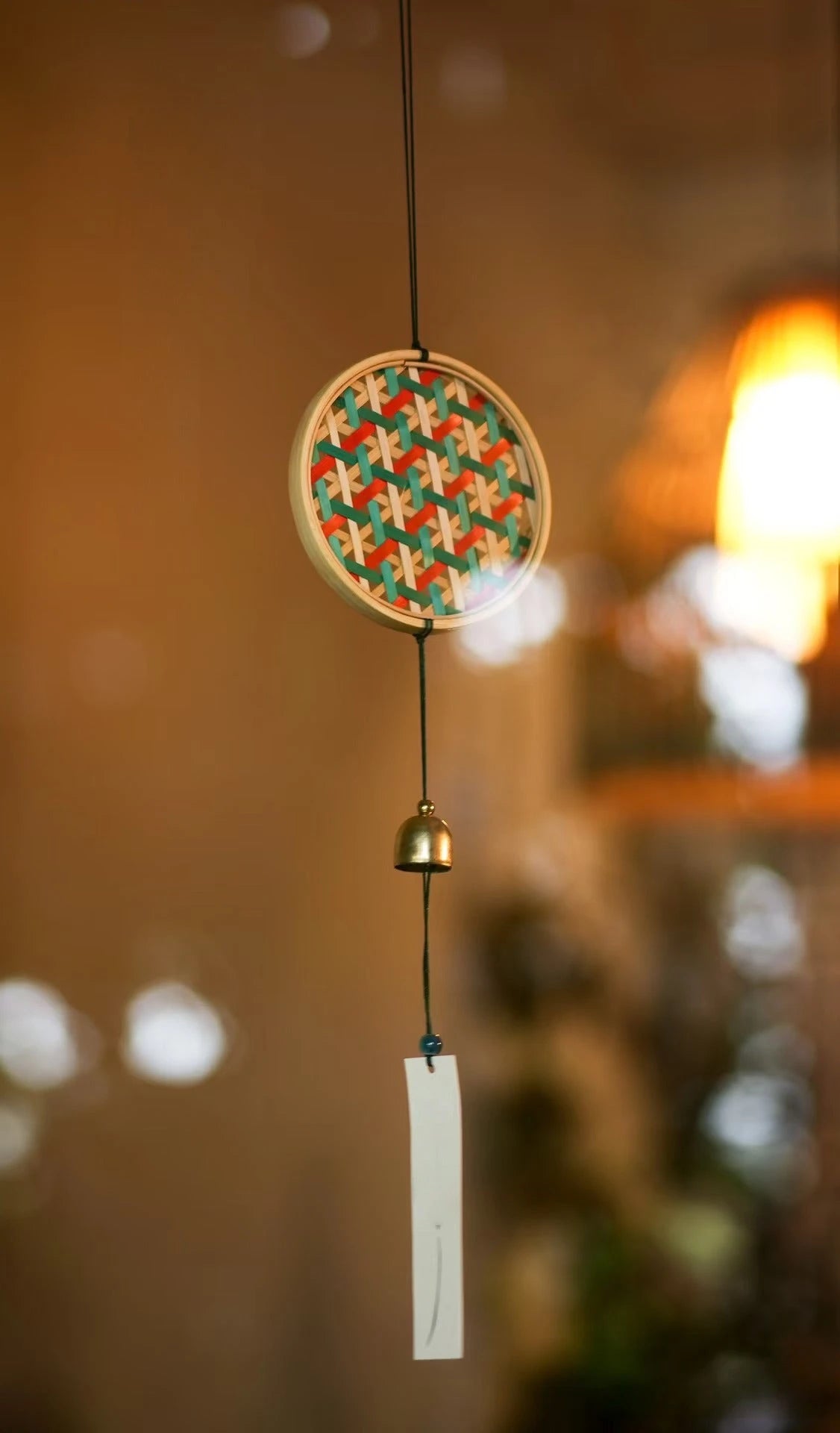Welcome to the Flowbamboo Blog! Today, let’s take a closer look at the fascinating world of bamboo. You might be surprised to learn that bamboo isn’t a tree at all—it’s actually a type of grass!
Though it can grow as tall as many trees, bamboo belongs to the same plant family as rice and wheat. Its hollow stems and lack of a cambium layer make it distinctly different from woody plants. And here’s an incredible fact: the tallest bamboo species, known as Dendrocalamus sinicus, or giant dragon bamboo, can grow up to 46 meters high—and it’s still considered grass!
The Speed of Growth
One of bamboo’s most extraordinary traits is its growth rate. Some species can grow as much as one meter in a single day under the right conditions—making bamboo one of the fastest-growing plants in the world.
This rapid growth is possible thanks to bamboo’s unique internode growth mechanism. By the time a bamboo shoot emerges from the soil, its internode cells are already pre-formed and ready. When the growth phase begins, every internode expands simultaneously, creating bamboo’s signature “overnight growth.”
Diversity of Bamboo Species
There are over 1,600 species of bamboo worldwide, and China happens to be right at the center of this natural abundance. From towering giants to delicate ornamentals, bamboo comes in many unique forms:
-
Moso Bamboo – the most widely distributed and used species in China
-
Water Bamboo – slender and graceful
-
Qiong Bamboo – with ring-shaped protrusions at its nodes
-
Spotted Bamboo – decorated with natural dot-like markings
-
Buddha Belly Bamboo – plump and charming with bulging nodes
-
Giant Dragon Bamboo – the “king of bamboos,” found mostly in Yunnan
Among them, Moso bamboo stands out for its fast growth, short cycle, and strength, making it highly valued in construction, papermaking, agriculture, and countless everyday uses.
The Inner Secrets of Bamboo
Despite being a grass, bamboo’s internal structure is far more complex than ordinary grasses.
-
Longitudinal view: hollow culms divided into sections by nodes
-
Cross-section: densely packed with pores and vertically aligned fibers
This combination of lightweight hollowness and dense fibers not only allows bamboo to efficiently transport water and nutrients but also gives it a tensile strength comparable to steel.
A Unique Life Cycle
Bamboo also has one of the most mysterious life cycles in nature. After decades of steady growth, entire bamboo forests will sometimes flower simultaneously, only to wither and die soon after. This phenomenon is poetically known as “the flowering death of bamboo.”
Why Bamboo Matters
Bamboo is more than just a plant—it’s a renewable resource and a cultural symbol of resilience and balance. Its advantages include:
-
Fast regeneration – grows back quickly after harvesting
-
Durability & strength – suitable for construction and everyday use
-
Natural beauty – timeless design element
-
Eco-friendly – a sustainable alternative to plastic
At Flowbamboo, we believe bamboo is more than a material. It’s nature’s wisdom turned into design, a way to bring harmony and sustainability back into our homes.
✨ Final Thoughts From its astonishing growth speed to its hidden inner strength and unique life cycle, bamboo truly is a green miracle of nature.
At Flowbamboo, we channel this natural wonder into everyday products—turning storage into more than just organization. With bamboo, every space can rediscover the beauty of balance and the order of nature.
